MIDI controllers streamline the music production procedure. Music artists, and producers can easily make beats, and melodies using the MIDI controllers not just in the studios but even when they are on the go. Everything about MIDI controllers is good but it gets better when everything goes wireless. That’s where Bluetooth MIDI Controllers came into the picture.
The advent of Bluetooth MIDI controllers marks an important milestone in the evolution of modern music connectivity. By allowing wireless transmission of MIDI data between instruments and gears, Bluetooth MIDI delivers convenience, flexibility, and mobility to musicians, producers, and live performers alike.
With the popularity of Bluetooth-enabled musical instruments, controllers, hardware, and software, Bluetooth MIDI has the potential to become an integral part of the modern musical ecosystem. Its applications span professional music studios, stage, and even on the go.
The artists and students no longer need to rely on cables alone. Bluetooth MIDI Controller is a living reality and you can play MIDI keyboards and controllers wirelessly, without USB Type-B or 5-Pin MIDI cables. Although it still require some finishing and penetration but yes, Bluetooth MIDI is a real thing and you can actual play and record music wirelessly.
[recommended_posts posts=”1151,1083,906,1249″]
What is Bluetooth MIDI?
Bluetooth MIDI allows musical instruments, controllers, and devices to connect without all those annoying MIDI cables. It’s a wireless communication system that uses Bluetooth to transmit the MIDI data that makes musical gear talk to each other.
So instead of plugging your MIDI keyboard into your computer or hooking up expansion modules with a spiderweb of cords, you can connect your MIDI Controller wirelessly and make music on the go! The core benefit is eliminating cables while retaining the MIDI protocol’s abilities.
With Bluetooth MIDI, you can send MIDI information like note on/off messages, patches, control changes, tempo, and more between gadgets using the Bluetooth wireless standard. This allows you to use MIDI keyboards, drum pads, foot controllers, and other devices to play virtual instruments on your phone, tablet, or laptop, or to control hardware synthesizers and modules remotely. The possibilities are endless for portable, flexible setups!
Brief History and Development of Bluetooth MIDI
Bluetooth MIDI technology has been around for almost a decade now. It was originally rolled out by Apple in 2014 as part of their iOS 8 system updates. This allowed iPhones and iPads to hook up to MIDI devices without needing wires or adapters.
The tech was quickly adopted by the MIDI Manufacturers Association as the basis for an official Bluetooth MIDI standard in early 2015. This led to much wider support from musical instrument and hardware companies who could now easily add Bluetooth connectivity to their products.
By 2016, you started seeing Bluetooth MIDI support built right into digital pianos, synth workstations, and MIDI controllers from major brand names like Korg, Roland, and Akai. This made wireless MIDI connectivity between computers, mobile devices, and instruments a reality for musicians.
Since then, Bluetooth MIDI has continued to improve across operating systems like iOS, Android, Mac OS, and Windows. And these days it’s become a staple for modern music gear. It’s opened up new levels of portability and flexibility for producing, performing, and practicing with MIDI setups. No more cable clutter!
How Bluetooth MIDI Works?
Bluetooth MIDI allows wireless transmission of MIDI messages between devices using Bluetooth wireless technology. It uses a simplified protocol stack to ensure fast and reliable low-latency transmission critical for live playing.
On a technical level, Bluetooth MIDI works by wrapping small chunks of MIDI data into Bluetooth Low Energy (BLE) advertisements which are broadcast to any listening devices in range. The Bluetooth specification leverages GATT (Generic Attribute Profile) to establish connections and define the data format.
To enable Bluetooth MIDI on a device, a compatible Bluetooth radio and software stack must be implemented in the hardware. Devices can then broadcast and receive MIDI over BLE without needing to pair, similar to how WiFi works.
Low energy usage allows battery-powered devices like phones or controllers to act as Bluetooth MIDI devices untethered from wall power. Modern optimizations now allow Bluetooth MIDI latency to match or beat traditional wired MIDI connections.
[recommended_posts posts=”810,1102,1055″]
Differences Between Bluetooth MIDI and Traditional MIDI
While the core MIDI protocol remains unchanged, Bluetooth MIDI communication works differently from the traditional wired scenario in a few key ways:
- No cables – Bluetooth is wireless so no MIDI cables are required between devices which allows more flexible setups
- No ports – MIDI IN/OUT ports are replaced by wireless transmission, often using built-in Bluetooth radios
- No pairing – Devices can freely transmit MIDI without pairing like Bluetooth audio which improves ease of use
- Lower latency – Optimized protocol now allows latency as low as traditional MIDI cables
- Increased range – Bluetooth allows connections across rooms or even between buildings
- Battery power – Devices can run on batteries rather than wall power when using Bluetooth
| Comparison | Traditional MIDI | Bluetooth MIDI |
|---|---|---|
| Connectivity | Wired cables | Wireless Bluetooth |
| Pairing | None | Not required |
| Latency | 2-5ms | <10ms |
| Range | 5-15 meters cables | Up to 50-60Feet (Without Obstacles) |
Types of Bluetooth MIDI Devices
When it comes to wireless MIDI connectivity, Bluetooth has become an invaluable tool for musicians and producers. Bluetooth MIDI devices allow for cable-free connection between computers, mobile devices, MIDI controllers, synthesizers, and more. There are several main categories of Bluetooth MIDI devices on the market that serve different needs.
Bluetooth MIDI Adapters
Bluetooth MIDI adapters are compact devices that enable you to add wireless Bluetooth MIDI connectivity to any existing MIDI gear. They convert the standard MIDI signal from classic 5-pin DIN ports into Bluetooth to connect devices wirelessly instead of using cables.

Popular options like the CME WIDI Bud Pro, Yamaha MD-BT01, and Quicco mi.1 plug into MIDI ports on hardware synthesizers, drum machines, keyboard controllers, and other MIDI devices. This allows the gear to transmit and receive MIDI wirelessly over Bluetooth to computers, iOS/Android devices, and other Bluetooth MIDI gear. Bluetooth MIDI adapters declutter studio and stage setups by cutting down on messy MIDI cabling.
Bluetooth MIDI Keyboard Controllers
Bluetooth MIDI controller keyboards, drum pads, and other dedicated control surfaces have built-in Bluetooth wireless connectivity to pair directly with computers and mobile devices.
Some examples are the Korg microKEY Air-49, CME Xkey Air 25 mobile MIDI keyboard, LUMI Keys by Roli with Bluetooth 5.0. The wireless functionality in these all-in-one controllers allows for flexible creative setups without cables getting in the way.
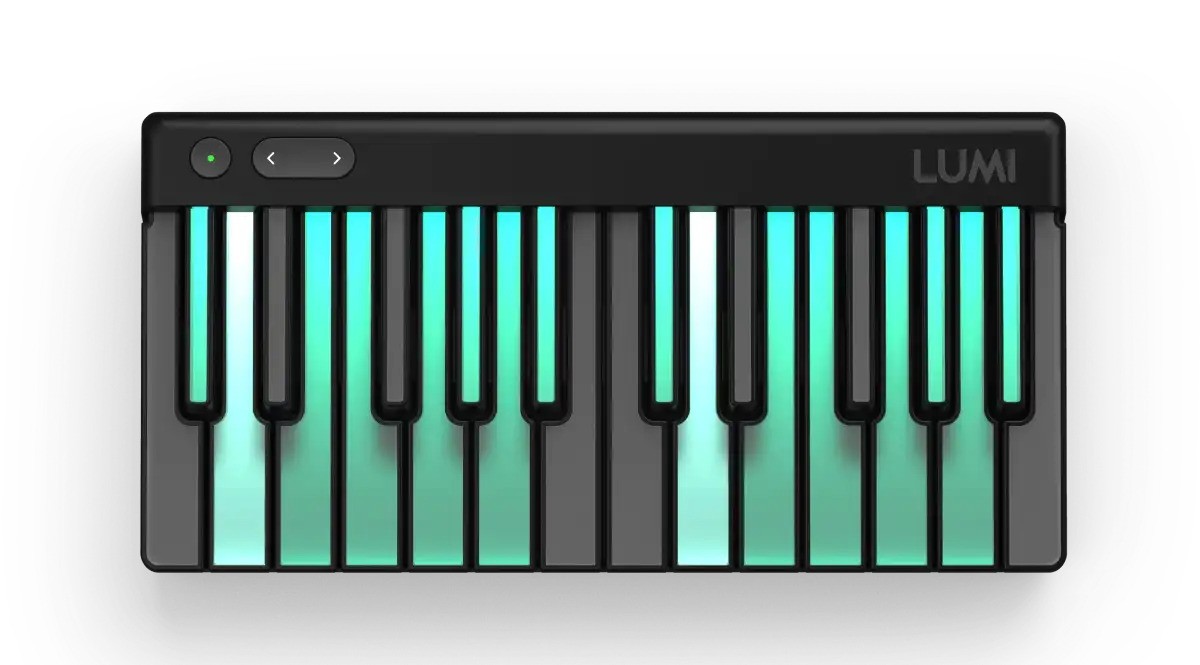
Musicians can use these controllers to change sounds and parameters in music software and trigger loops and samples in live performance applications. The low-latency Bluetooth connectivity also allows for responsive real-time playing without messing up with different cables. It makes the setup clutter-free.
Bluetooth MIDI Interfaces
For studio and stage use, there are audio interfaces with integrated Bluetooth MIDI connectivity. These act as a central wireless MIDI hub while also functioning as a full-fledged audio interface with microphone preamps, instrument inputs, and both digital and analog connectivity.
Bluetooth LE MIDI Devices
An emerging category of Bluetooth MIDI devices uses the Bluetooth Low Energy (BLE) protocol designed specifically for compact mobile devices like smartphones and tablets.
Tiny BLE MIDI interfaces made by companies like Yamaha and Linkplay convert standard MIDI to the ultra-low latency BLE MIDI format. This allows wireless control of iOS and Android music apps. As mobile devices gain processing power, these compact BLE MIDI solutions offer musicians greater wireless creative flexibility on the go
Why Use Bluetooth MIDI?
Musicians, producers, and performers have widely adopted Bluetooth MIDI in recent years. The wireless technology allows MIDI keyboards, controllers, computers, tablets, phones, and MIDI hardware to communicate without messy cables limiting mobility and flexibility.
As Bluetooth technology and musical instruments continue to advance, Bluetooth MIDI transmission has become very low latency. This allows for responsive real-time playing of software instruments without bothersome lag or delay over a wireless connection. There are quite a few advantages to cutting the cord with Bluetooth MIDI.
Good Reasons to Use Bluetooth MIDI Controller
If you are still skeptical about Bluetooth MIDI, here are the good things, and pros of using Bluetooth MIDI.
1. No Cables
Bluetooth MIDI liberates you from messy cables between keyboards, computers, iOS devices, etc. This allows flexible stage setups and mobility. If you are using Bluetooth MIDI connectivity on iPad or iPhone, you will able to charge the device while using it for playing or recording your playback. It also allows you to create a flexible setup within the Bluetooth range.
2. Low Latency
Modern Bluetooth protocols provide very low latency MIDI transmission, avoiding lags during live playing or production. Low Latency means less input and output lag which also feels natural and smooth, that too without cable.
3. Plug-And-Play Connectivity
The best part of Bluetooth MIDI is its plug-and-play setup. You don’t need to install any additional driver to make things work out. The MIDI keyboards with Bluetooth connectivity are so easy to connect to any Bluetooth device or MIDI interface.
4. Wide Compatibility
Bluetooth MIDI has now become widely adopted across keyboards, computers, phones, and tablets for reliable wireless MIDI support. The broad support across operating systems like Windows, Mac OS, iOS, and Android is also a reason why music producers, students, and artists are inclined towards Bluetooth connectivity as it also works with all MIDI-compatible apps, DAWs, and hardware.
4. Extended Battery Life
Bluetooth Low Energy (LE) MIDI can extend battery life for mobile devices and connected accessories like MIDI keyboards. This also allows more efficient use of power compared to older Bluetooth versions.
Should You Use Bluetooth MIDI – Is Bluetooth MIDI Reliable?
Bluetooth MIDI has come a long way since its inception, but there are still some factors to weigh when deciding whether to use it in your music production setup in 2025.
As Bluetooth technology continues to advance, the reliability and latency of Bluetooth MIDI continue to improve. However, there are still limitations to consider depending on your specific needs.
For example, as of now, you cannot play music through a MIDI Keyboard controller to a Bluetooth speaker or headphones. There is a delay in the audio which makes it impossible to play any instrument in real time. However, you can connect a Bluetooth MIDI keyboard or controller to DAW on Windows, and macOS and produce music in real-time. You can also reduce the buffer size to keep the latency as low as possible.
Another big issue related to Bluetooth MIDI controllers is the limited devices and instruments. Most of the mainstream MIDI keyboard controller brands like Arturia, Akai, M-Audio etc. still rely on USB Type-B or USB Type-C and 5-Pin MIDI In/Out for connectivity. There are very limited MIDI keyboards and controllers that come with built-in Bluetooth connectivity. Although there are Bluetooth Adpaters like Yamaha MD-BT01 that can turn any normal MIDI controller into a Bluetooth controller but they also require some additional setup.
For now, Bluetooth MIDI is hanging in between and one cannot completely rely on Bluetooth MIDI controller for professional requirements. It can be used as a secondary device for experiments and to get an idea of a Bluetooth MIDI but this is definitely not the time for a Bluetooth MIDI controller yet.
Bluetooth MIDI – Is it a living reality or a gimmick? Final Words
Bluetooth MIDI opens up new creative possibilities for performing and music production. Early adopters have already demonstrated innovative stage performances and flexible studio setups using Bluetooth MIDI devices. Mainstream adoption across the industry could see Bluetooth MIDI being as ubiquitous as traditional MIDI is today. Seamless coexistence with MIDI 1.0 devices during the transition demonstrates how the two protocols can complement each other.
As Bluetooth standards and MIDI continue to mature, we can expect Bluetooth MIDI to empower musically expressive experiences beyond what wired connections can offer. While traditional MIDI retains its niche, Bluetooth MIDI represents the next evolution in wireless MIDI connectivity.
Bluetooth MIDI delivers the convenience of wireless MIDI control for modern music-making needs. Its advantages over traditional MIDI in aspects like mobility and modular rigs are clear.
Moving forward, Bluetooth MIDI will likely assume an integral role in the overall musical ecosystem somewhere in the future but not yet. Whether used occasionally for flexible setups or as a permanent wireless replacement for MIDI cables, Bluetooth MIDI opens up exciting new possibilities.

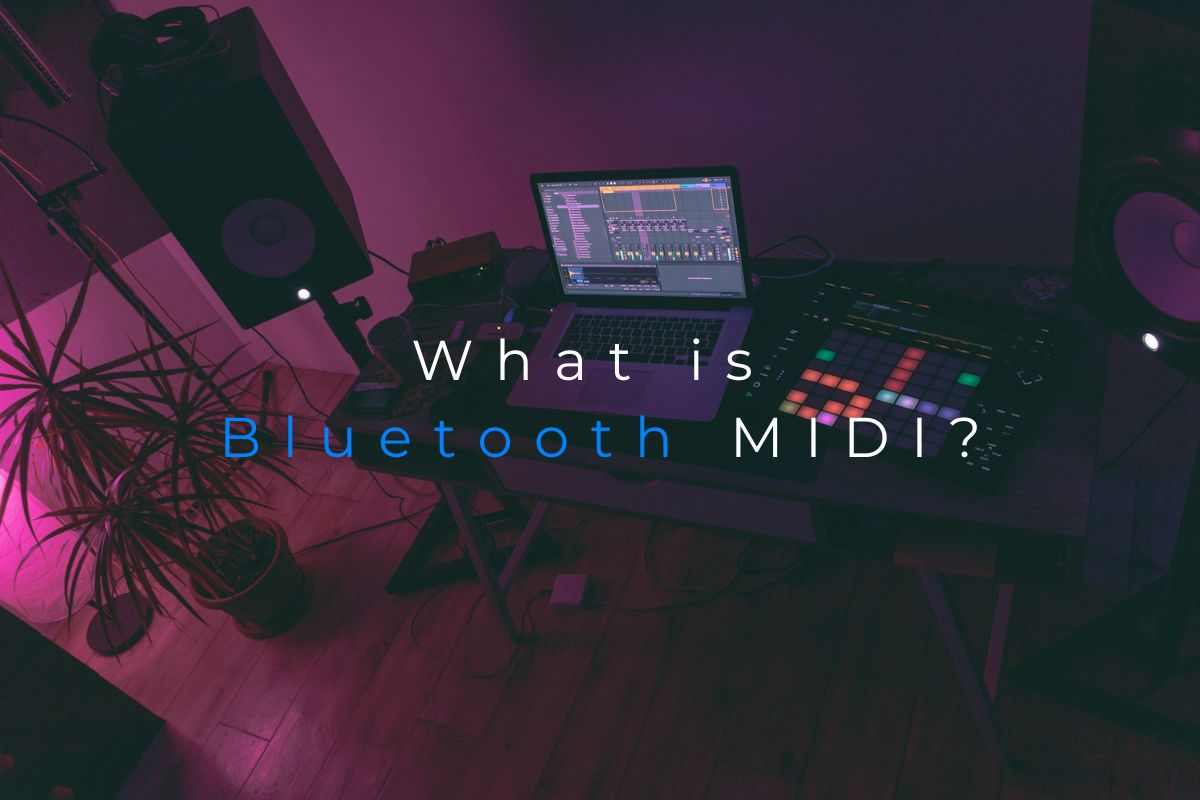

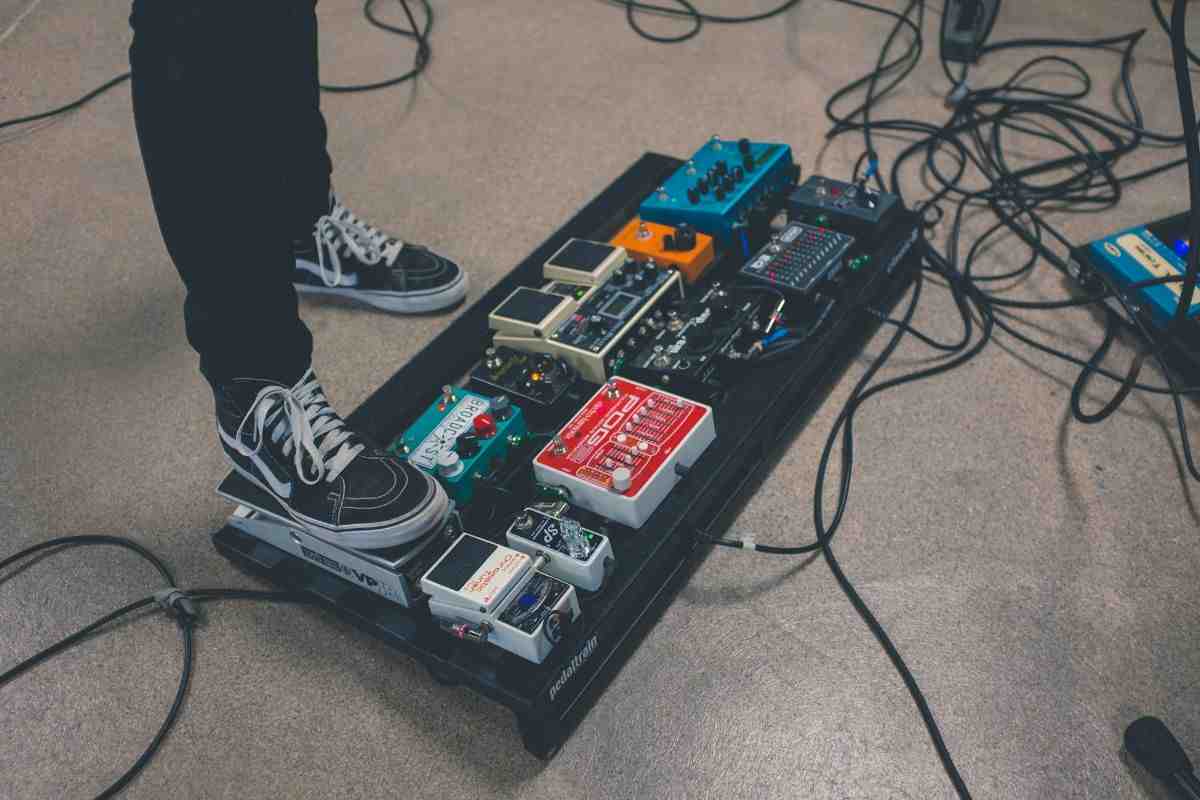


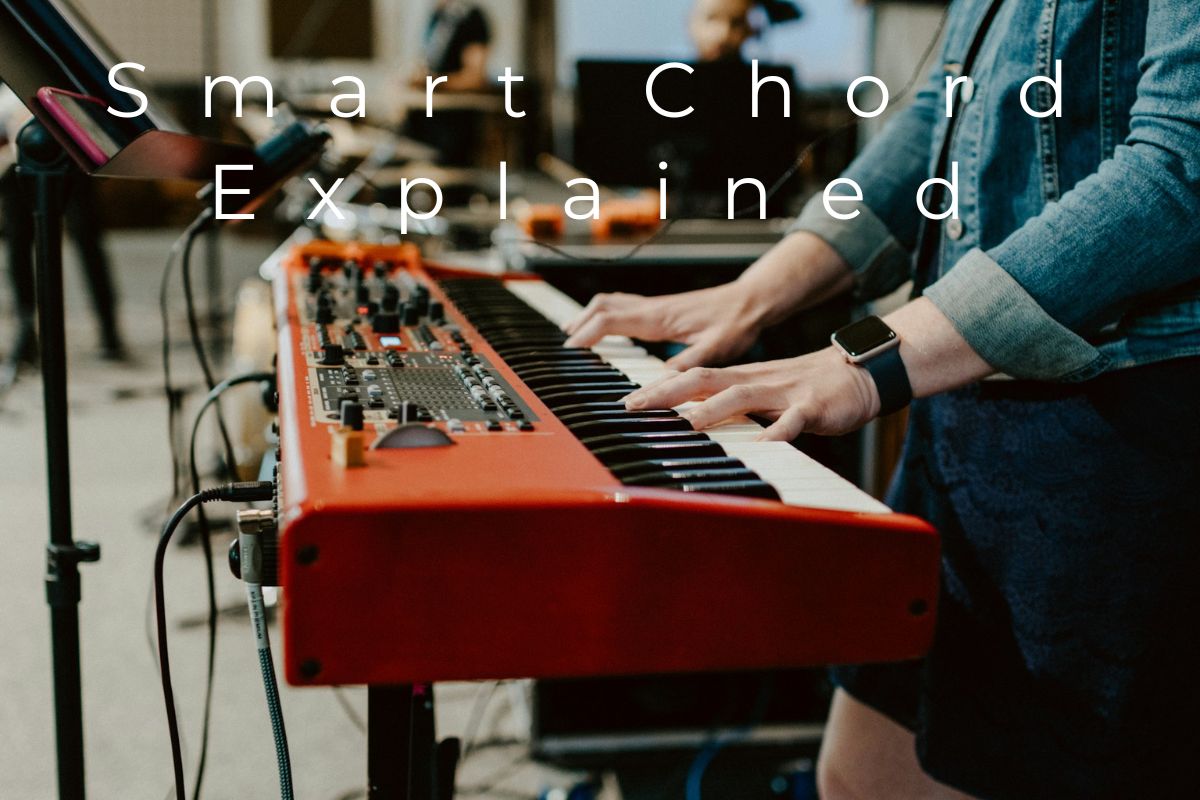






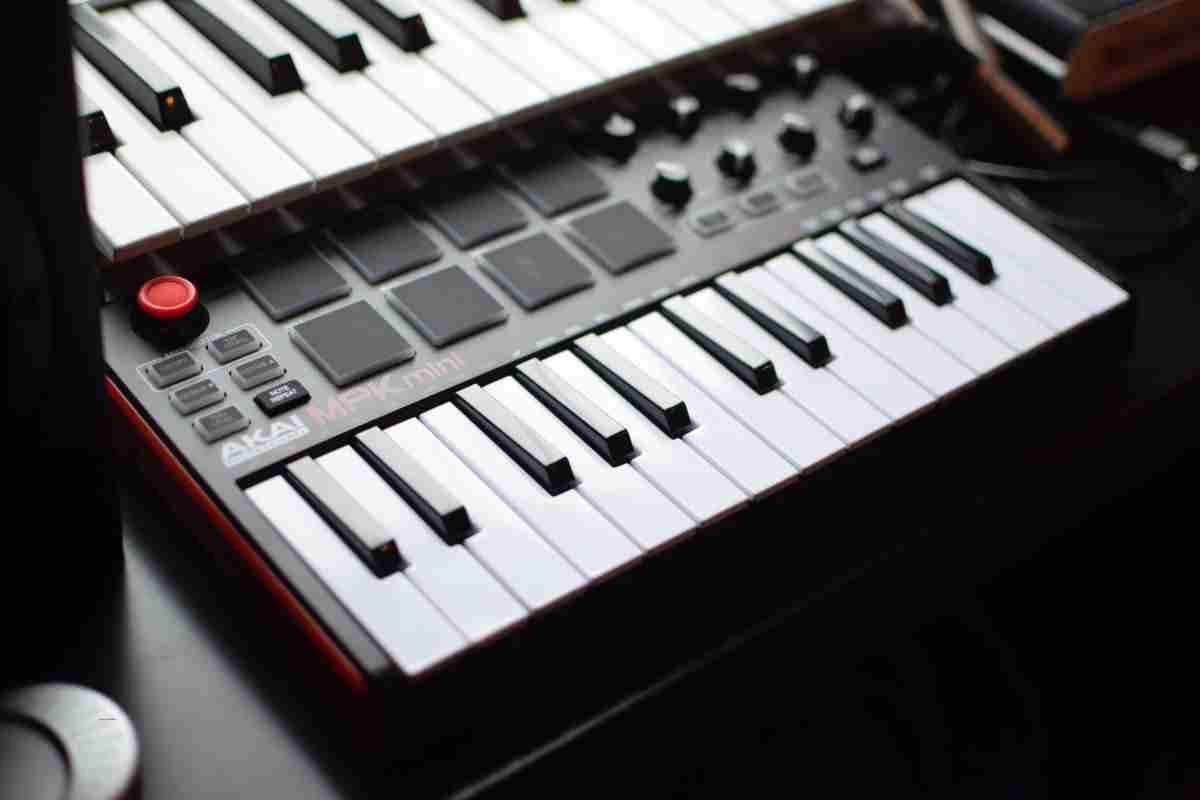

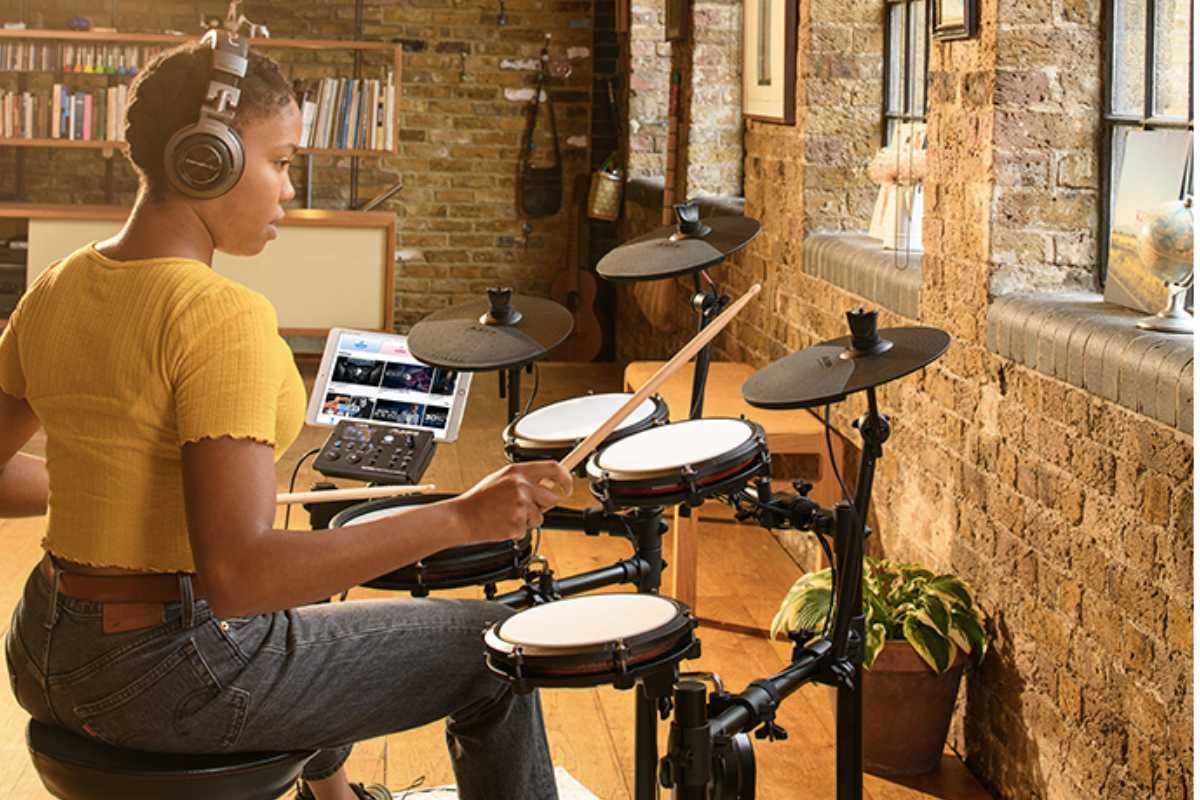

Comments 1